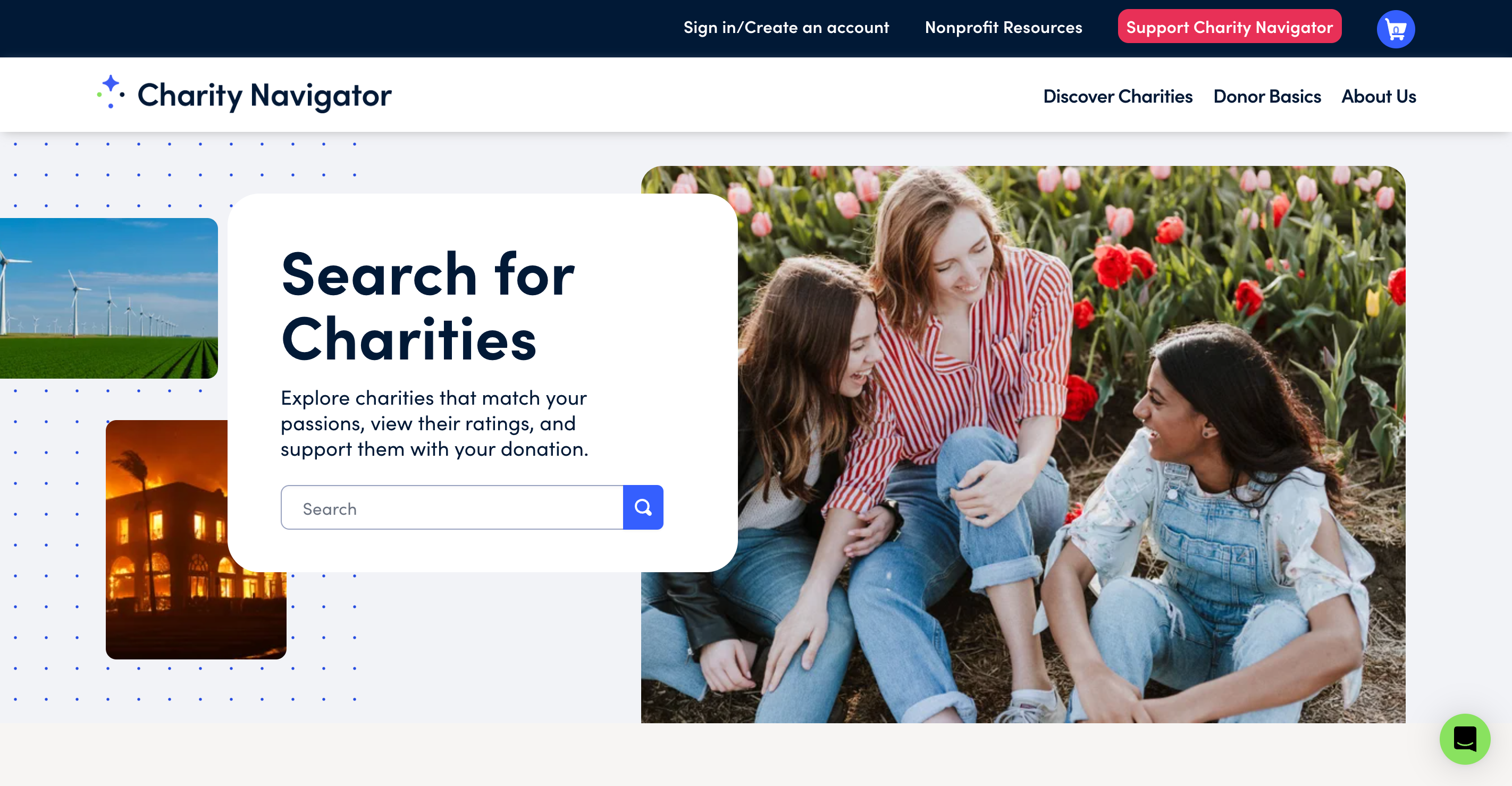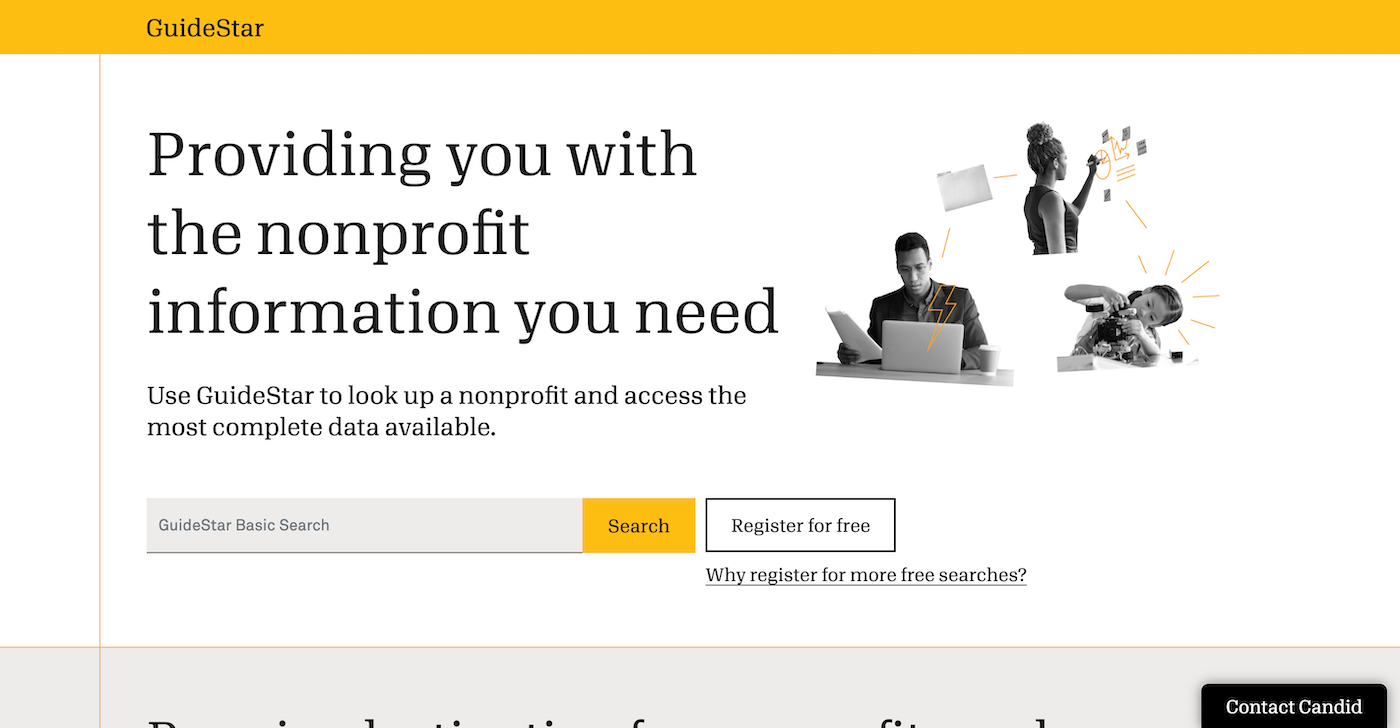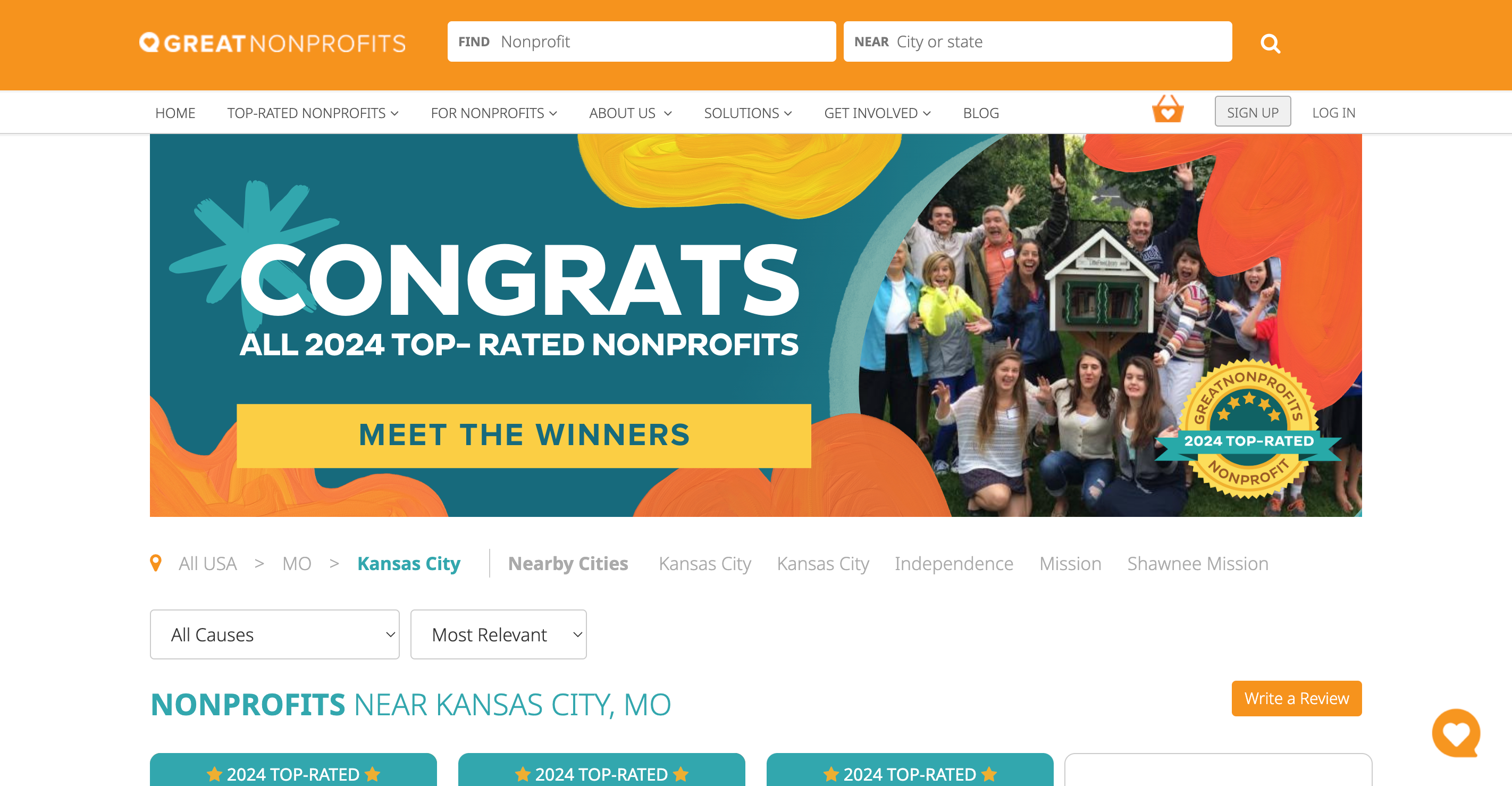Charity ratings are more than just a number or a badge—they are a reflection of your organization’s credibility, effectiveness, and commitment to transparency. For nonprofit leaders, a strong charity rating can translate directly into increased funding opportunities, enhanced donor trust, and long-term mission success.
In this in-depth guide, we’ll explore how charity ratings are determined, who determines them, why they matter, and how your organization can take control of its public perception to maximize impact and credibility.
Nonprofit Resources
The Charity Charge resource hub is dedicated to providing tips, tools, and information to help your nonprofit create and grow a modern organization. Learn more
Why Charity Ratings Matter
In a nonprofit ecosystem driven by trust and accountability, charity ratings are essential. They serve as third-party validations of your organization’s performance and integrity—often forming the first impression a donor or funder gets.
Key reasons charity ratings matter:
-
Increased Donor Confidence: Donors, especially high-net-worth individuals and institutional funders, use charity ratings as a litmus test for financial responsibility and mission effectiveness.
-
Influence on Grants and Major Gifts: Foundations and corporate philanthropies often use ratings as part of their vetting process for grant eligibility.
-
Public and Media Perception: High ratings bolster your public image, increasing the likelihood of media coverage, partnerships, and sponsorships.
-
Digital Credibility: Online giving platforms (like GoFundMe Charity or Network for Good) often display ratings or link to platforms like GuideStar and Charity Navigator.
A low or absent rating, even if unintentional, can cast doubt on your transparency or capabilities—and in some cases, lead to donor attrition or missed funding opportunities.
Key Players in the Charity Rating Space
Understanding which platforms evaluate your nonprofit and what they look for is the first step to improving your ratings. Here are the major charity evaluators that shape public and donor trust.
Charity Navigator

Rating System: 0–4 stars
-
Focus Areas: Financial efficiency, accountability, transparency, and (for some nonprofits) measurable impact.
-
Notable Features: Launched an Impact & Results rating for selected cause areas.
-
Audience: Ideal for individual donors, corporate sponsors, and major gifts officers seeking objective data.
Charity Navigator evaluates over 200,000 U.S.-based nonprofits and is often the first result in a Google search for any major charity.
GuideStar (by Candid)

-
Transparency Levels: Bronze, Silver, Gold, and Platinum Seals
-
Focus Areas: Organizational data, financials, mission alignment, impact metrics.
-
Notable Features: Integrates with many grantmaking platforms; preferred by funders.
-
Audience: Institutional donors, foundation officers, and capacity-building partners.
GuideStar is a foundational visibility tool—most donor-advised funds and grant platforms require or prioritize a current GuideStar profile.
BBB Wise Giving Alliance(Give.org)

-
Standards: 20 accountability metrics
-
Focus Areas: Governance, finances, solicitations, and performance metrics.
-
Notable Features: Emphasizes ethical fundraising and board oversight.
-
Audience: Traditional and older donor demographics, legacy donors.
The BBB Wise Giving Alliance maintains a rigorous standard rooted in ethical practices, making it ideal for nonprofits with strong administrative protocols.
CharityWatch

-
Grading System: A+ to F
-
Focus Areas: Program spending, fundraising costs, reserve policy.
-
Notable Features: Detailed reviews of IRS filings; strict on overhead.
-
Audience: Savvy donors, media outlets, and watchdog researchers.
CharityWatch’s conservative approach and deep analysis attract critical thinkers and funders who prioritize fiscal discipline over storytelling.
GreatNonprofits

-
Rating System: 1–5 stars (based on user reviews)
-
Focus Areas: Peer feedback, donor and beneficiary reviews, community credibility
-
Notable Features: Annual “Top-Rated Nonprofit” awards
-
Audience: Individual donors, local communities, and program beneficiaries
GreatNonprofits is often referred to as the “Yelp for nonprofits.” It allows donors, volunteers, and beneficiaries to leave detailed reviews, offering a unique community-driven perspective on your nonprofit’s real-world impact. A strong profile with positive testimonials can significantly boost donor trust and online visibility.
What These Ratings Evaluate
Though criteria vary by platform, most charity rating agencies assess organizations across several universal pillars:
Financial Efficiency
-
Program Expense Ratio: The percentage of expenses that go directly to programs vs. administration and fundraising.
-
Fundraising Efficiency: Cost to raise one dollar—key for evaluating return on investment in development activities.
-
Asset Management: How reserves are handled and whether endowments are properly managed.
Accountability and Governance
-
Independent board oversight
-
Transparent decision-making processes
-
Conflict of interest disclosures
-
Leadership compensation practices
Transparency
-
Public availability of audited financials
-
Form 990 completeness and clarity
-
Annual report disclosures
-
Staff and board biographies
Impact and Outcomes
-
Quantifiable mission-aligned results
-
Theory of change or logic model documentation
-
Evaluation systems and key performance indicators (KPIs)
The shift toward impact-oriented metrics signals a broader trend—donors no longer just want to know where the money goes. They want to know what it achieves.
How to Improve Your Charity Ratings
Improving your charity rating is not just about “playing the game”—it’s about institutionalizing best practices that strengthen your organization from the inside out.
Keep Your Financials Impeccable
-
File Form 990s on time with accurate, accessible data.
-
Conduct and publish independent audits annually.
-
Use narrative sections in Form 990 to tell your financial story clearly.
-
Maintain strong internal controls and segregate duties in finance and development departments.
Earn and Upgrade Your GuideStar Seal
-
Bronze: Basic mission, programs, and contact details
-
Silver: Leadership info and financials
-
Gold: Program metrics and goals
-
Platinum: Outcomes, impact data, and strategic priorities
Each level boosts credibility, but Platinum status makes your nonprofit stand out to major funders.
Rein in Overhead, Strategically
While the “overhead myth” is fading, many rating platforms still emphasize lean administrative ratios. Aim to maintain admin + fundraising costs under 25–30% of total expenses, but educate stakeholders that smart overhead supports long-term impact.
Demonstrate and Share Impact
-
Regularly update your website and profiles with program outcomes.
-
Develop a “Year in Review” or “Impact Report” section online.
-
Use stories, metrics, and testimonials together to showcase both numbers and narratives.
Strengthen Governance and Transparency
-
Ensure your board is independent (at least 51% non-staff, non-family).
-
Disclose board and staff bios online.
-
Publish meeting minutes and strategic plans where appropriate.
-
Maintain a documented conflict of interest and whistleblower policy.
Common Misconceptions About Charity Ratings
“High Overhead Means Waste”
Not always. Organizations that invest in staff, infrastructure, and systems often scale more effectively than those that run on a shoestring.
“Only Big Nonprofits Get High Ratings”
Many small and mid-sized nonprofits earn top marks by demonstrating excellence in governance and transparency, even with modest resources.
“Donors Only Look at Stars”
Major donors increasingly seek impact narratives, testimonials, and direct results, not just financial scores.
How to Monitor Your Ratings Regularly
Don’t wait for rating agencies to flag issues—be proactive.
-
Assign staff or consultants to quarterly charity profile reviews.
-
Maintain a central dashboard tracking your presence on:
-
GuideStar/Candid
-
Charity Navigator
-
BBB Wise Giving Alliance
-
GreatNonprofits (for peer reviews)
-
-
Set calendar reminders for profile updates, 990 filing deadlines, and annual report publication.
Internal Improvements That Reflect Externally
-
Website Optimization: Dedicate a page to “Transparency & Impact” showing financials, donor policies, board info, and outcomes.
-
Donor Stewardship: Send post-gift impact updates showing where funds went and what they accomplished.
-
Staff Training: Regular sessions on compliance, donor communications, and ethical fundraising strengthen external perception.




